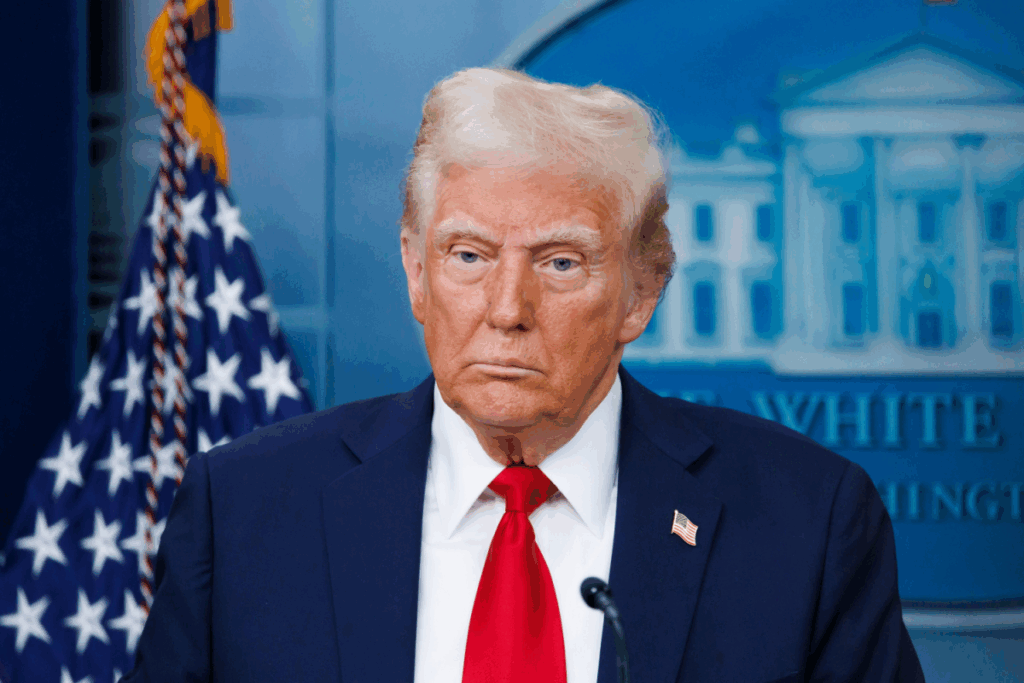A Stark Contrast in Trade Strategy Outcomes
The US administration has been celebrating a series of recent trade agreements with several key partners, including the European Union, the United Kingdom, Japan, and Southeast Asian nations. These framework deals imposed one-sided tariffs that largely favored US interests and were heralded as major political wins. Trump’s aggressive strategy was based on the idea that most countries, reliant on the American market, would eventually concede. In many cases, they did.
But this approach is now facing a significant test. Talks with China ended without progress. While European leaders appeared willing to accept trade terms to maintain broader alliances, China stood firm. Negotiators from both countries met, but the outcome was far from celebratory. Instead of another deal, Trump’s team returned with only a proposal to extend a mutual tariff pause, highlighting Beijing’s refusal to bend under pressure.
China Refuses to Fold Under External Pressure
Unlike the EU, China does not operate under a fragmented alliance structure and has no military dependency on the United States. Its political system is centralized and resilient. For the Chinese leadership, trade negotiations with Washington go beyond economics. They touch on matters of national pride, sovereignty, and political legitimacy. This makes any form of capitulation nearly impossible.
Moreover, China holds critical leverage in the form of rare earth elements, essential for the production of modern technologies, including smartphones and advanced defense systems. When tensions escalated, Beijing used its control of these resources as a tool, delaying export approvals and signaling its capacity to impact key American industries.
Chinese negotiators also take a fundamentally different approach. Rather than stage high-profile announcements, they favor quiet, technically detailed talks away from cameras. This stands in sharp contrast to Trump’s preference for grand gestures and public victories, further complicating the negotiation dynamics between the two countries.
Underlying Risks of Trump’s Aggressive Trade Policy
While the White House portrays these developments as victories, the actual depth of the agreements remains questionable. The deals signed with the EU and others are largely framework-based and lack detailed resolutions on core disputes. This means they could unravel quickly if implementation stalls or political disagreements arise.
More importantly, the broader economic impact of Trump’s trade strategy is still unfolding. Tariffs introduced on a wide scale are among the highest since the 1930s. Although the feared global economic downturn has not materialized yet, economic analysts warn that the effects may only surface after several months, particularly in the form of rising consumer prices.
Estimates suggest that inflationary pressures triggered by these tariffs may take up to eight months to affect the market. This lag could create challenges for the administration, especially as midterm elections approach. A sudden inflation spike could shift public opinion and complicate the political landscape.
The China Challenge Remains Unresolved
China’s defiance not only stalls the momentum of Trump’s trade campaign but also underscores the limits of unilateral pressure tactics. The administration’s goal to reshape global trade frameworks will remain incomplete without securing an agreement with Beijing.
Although the US delegation insisted progress was made on key issues such as export controls, there is little to show in terms of concrete results. Both sides agreed to push for a temporary pause in tariff escalations, but the future of these talks remains uncertain.
Meanwhile, other factors may disrupt the current strategy. Canada has shown no signs of backing down, and domestic inflation could trigger a backlash. Companies might decide to wait out the current presidency, hoping for a softer stance from a future administration.
Ultimately, while Trump has made notable gains in transforming US trade posture, China stands as a formidable and unmoved opponent. The coming months will test whether the administration’s high-stakes approach can deliver lasting results or if it simply set the stage for broader geopolitical tensions.



